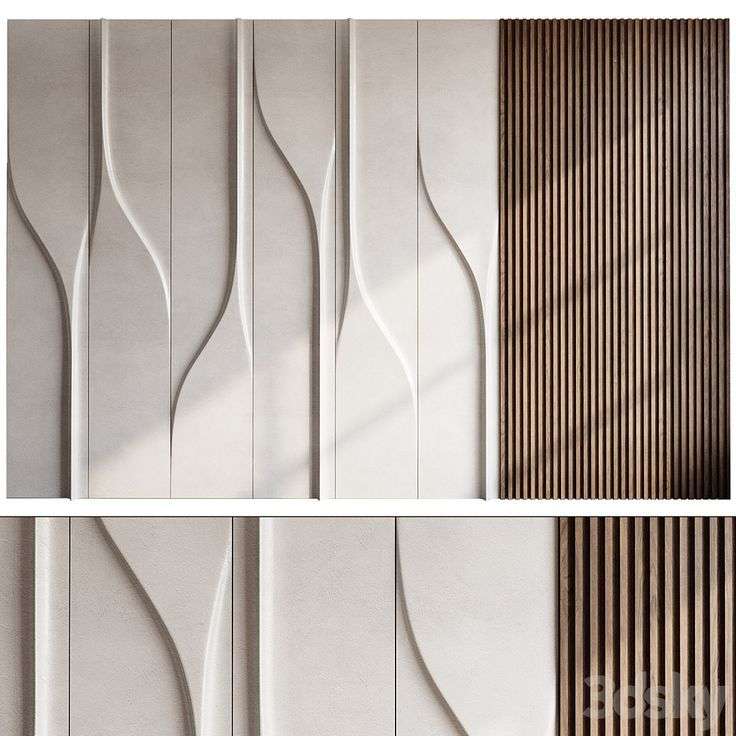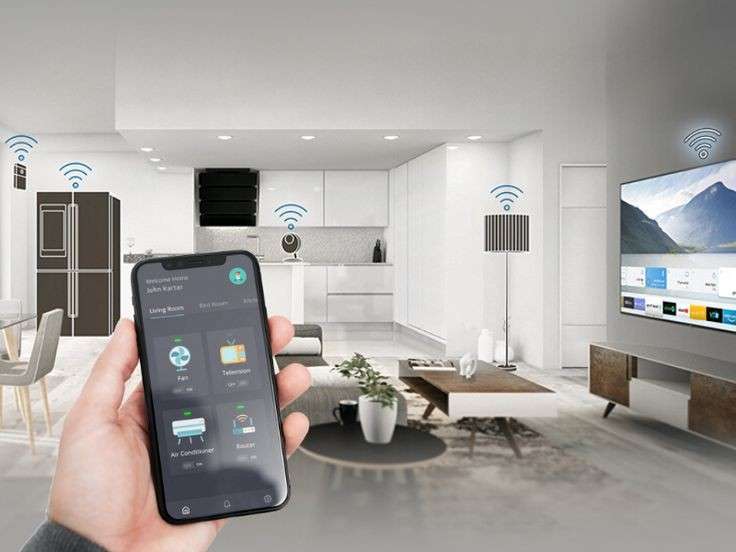As the world becomes more conscious of the environmental impact of our actions, the trend towards sustainable interior design has gained significant momentum. Sustainable interior design focuses on creating spaces that are not only beautiful and functional but also eco-friendly, reducing waste and energy consumption while promoting the use of environmentally responsible materials. Whether you’re building a new home or renovating an existing one, incorporating sustainable practices can help you create a green and healthy living environment. Here are some eco-friendly solutions for designing a sustainable home.

1. Use of Natural and Recycled Materials
One of the most important principles of sustainable interior design is choosing materials that are renewable, recyclable, or made from natural resources. This reduces the need for raw materials, minimizes waste, and lowers the carbon footprint.
- Wood: Opt for responsibly sourced wood, such as bamboo or FSC-certified timber. Bamboo is a particularly sustainable material as it grows rapidly and is highly durable.
- Recycled Materials: Consider using reclaimed wood, metal, or glass for furniture and décor items. This gives old materials a second life and reduces the need for new resources.
- Natural Fibers: For textiles, choose natural fibers like cotton, hemp, or wool, which are biodegradable and less harmful to the environment than synthetic fibers. These materials also tend to be more breathable and comfortable.
- Stone and Concrete: Materials like natural stone or concrete can last for decades and require less maintenance. Opt for locally sourced options to reduce the environmental cost of transportation.
2. Energy-Efficient Lighting
Lighting plays a significant role in energy consumption within a home. By choosing energy-efficient lighting solutions, you can reduce your electricity usage and lower your carbon footprint.
- LED Lighting: LED lights use a fraction of the energy consumed by traditional incandescent bulbs and have a longer lifespan. Replacing old light fixtures with LED alternatives is an easy and effective way to make your home more energy-efficient.
- Smart Lighting Systems: Install smart lighting systems that can be controlled remotely and adjusted based on your needs. These systems can be programmed to turn off when not in use, reducing wasted energy.
- Natural Light: Maximize natural light by incorporating large windows, skylights, or glass doors. Natural light not only saves energy but also contributes to a healthier and more vibrant indoor environment.
3. Sustainable Furniture
Furniture is a key component of interior design, but many pieces are made with materials that harm the environment, such as synthetic fabrics, plastics, and chemicals. Choosing sustainable furniture can reduce your home’s environmental impact.
- Reclaimed Furniture: Consider buying second-hand or reclaimed furniture, or look for vintage pieces that can be restored and reused. This reduces the demand for new materials and keeps furniture out of landfills.
- Eco-Friendly Manufacturers: Look for furniture brands that prioritize sustainability by using eco-friendly materials and ethical manufacturing practices. These might include furniture made from recycled wood, organic fabrics, and non-toxic paints or finishes.
- Durability: Invest in quality furniture that will last for years. High-quality furniture made from sustainable materials will not only be better for the environment but also offer long-term value.
4. Low-Impact Flooring Options
Traditional flooring materials, such as vinyl and carpet, can release harmful chemicals into your home, contributing to indoor pollution. Choosing low-impact flooring options is essential for a sustainable home.
- Bamboo and Cork: Bamboo is a rapidly renewable resource, and cork is harvested from the bark of trees without harming them. Both are durable, sustainable, and offer unique aesthetic qualities.
- Recycled and Reclaimed Wood: If you prefer hardwood floors, opt for reclaimed or recycled wood. These floors have a minimal environmental impact, as the wood has already been harvested and used.
- Natural Stone and Concrete: For a modern, sustainable look, consider using natural stone or concrete flooring. Both are durable, low-maintenance, and long-lasting options.
5. Energy-Efficient Appliances
Appliances account for a significant portion of a home’s energy use. By choosing energy-efficient appliances, you can reduce your energy consumption and minimize your environmental footprint.
- Energy Star Appliances: When purchasing appliances like refrigerators, dishwashers, washing machines, and air conditioning units, look for those that are Energy Star-rated. These appliances are designed to use less energy while maintaining high performance.
- Smart Thermostats: Installing a smart thermostat can help regulate your home’s temperature more efficiently, reducing energy consumption and lowering heating and cooling costs.
- Water-Saving Appliances: Consider water-efficient appliances, such as low-flow showerheads and faucets, and energy-efficient dishwashers and washing machines. These products help reduce water wastage and conserve resources.
6. Indoor Plants for Air Quality
Indoor plants are a natural way to improve air quality and add a touch of greenery to your home. Plants absorb carbon dioxide and release oxygen, creating a healthier environment for you and your family.
- Air-Purifying Plants: Certain plants, like spider plants, peace lilies, and aloe vera, are known for their air-purifying qualities. They can help reduce indoor pollutants and increase humidity, creating a more comfortable living space.
- Edible Gardens: Growing your own herbs, fruits, and vegetables indoors not only contributes to a sustainable lifestyle but also adds a personal touch to your home. You can start with a small herb garden on your kitchen windowsill or create a larger indoor garden.
7. Sustainable Paints and Finishes
Conventional paints often contain harmful chemicals like volatile organic compounds (VOCs) that can negatively affect indoor air quality. Choosing eco-friendly paints and finishes helps minimize harmful emissions and creates a healthier home.
- Low-VOC or No-VOC Paints: Look for paints labeled “low-VOC” or “no-VOC,” which have little to no harmful chemicals. These paints are available in a wide range of colors and finishes and are safer for both the environment and your health.
- Natural Finishes: Consider using natural finishes such as beeswax, linseed oil, or clay plaster. These finishes are biodegradable, non-toxic, and contribute to a sustainable, eco-friendly interior.
8. Water Conservation
Conserving water is a vital part of creating a sustainable home. By implementing water-saving strategies, you can reduce your household’s water consumption and lower your utility bills.
- Low-Flow Fixtures: Install low-flow toilets, faucets, and showerheads to reduce water wastage without sacrificing performance.
- Rainwater Harvesting: Consider installing a rainwater harvesting system to collect rainwater for use in your garden or for non-potable purposes like cleaning and flushing toilets.
- Greywater Recycling: Greywater recycling systems allow you to reuse water from sinks, showers, and washing machines for irrigation, further reducing your environmental impact.
9. Sustainable Window Treatments
Window treatments, such as blinds, curtains, and shades, can also be eco-friendly. These treatments help regulate indoor temperature and reduce the need for artificial heating and cooling.
- Thermal Curtains: Insulated or thermal curtains help keep your home warm in the winter and cool in the summer, reducing the need for excessive heating or cooling.
- Recycled Fabrics: Look for window treatments made from recycled or natural fibers, which are both eco-friendly and stylish.
- Energy-Efficient Shades: Cellular shades or honeycomb shades are designed to trap air in their cells, improving insulation and helping to regulate indoor temperatures.



